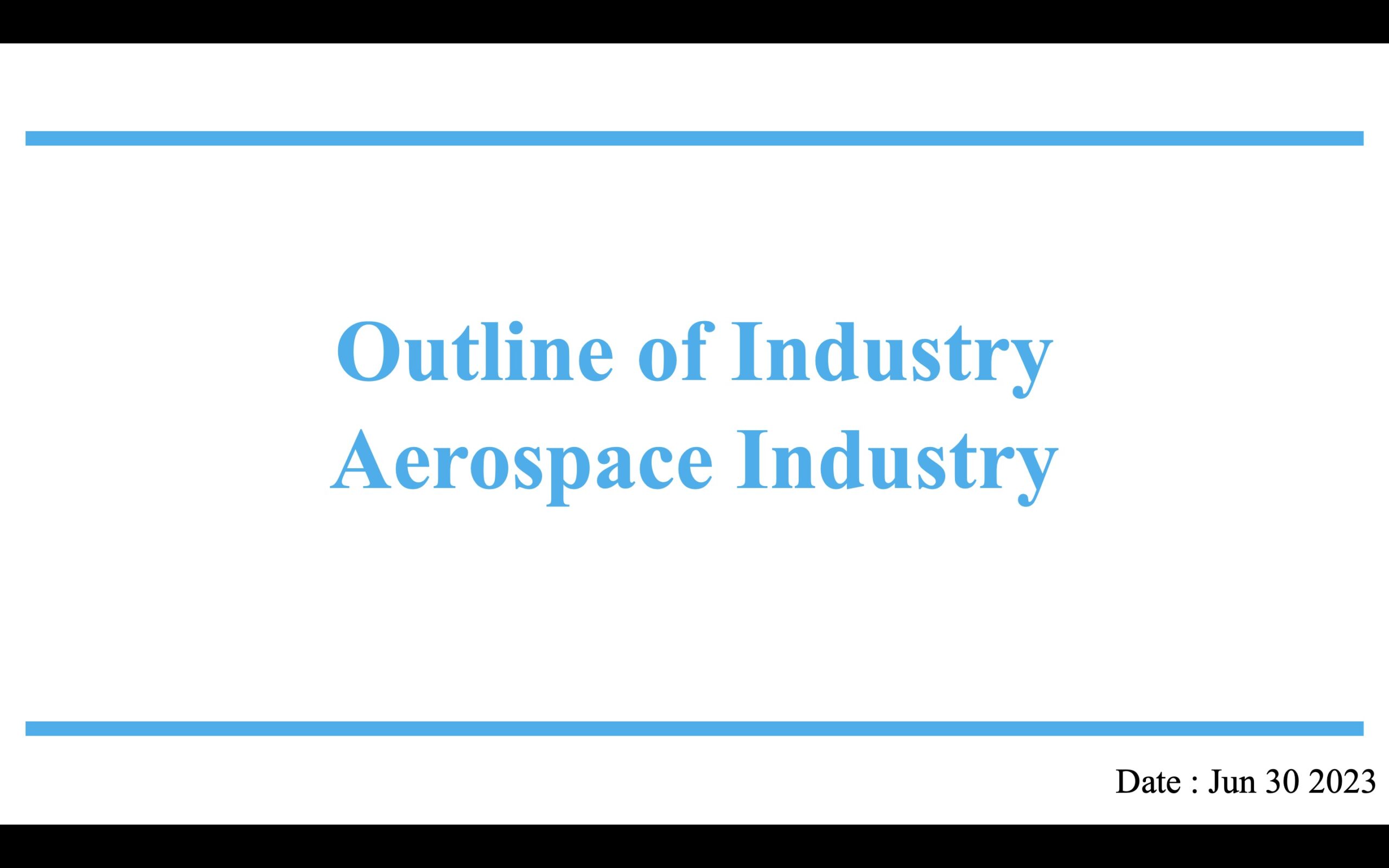The aerospace industry is a critical component of the global economy, responsible for the design, production, and maintenance of aircraft and spacecraft. The industry is a complex and dynamic sector that encompasses everything from military aircraft to commercial airliners to satellites and space probes.
The aerospace industry has its roots in the early days of aviation, when pioneers like the Wright Brothers and Orville Redenbacher worked to build the first powered flight. Since then, the industry has grown and evolved, driven by technological innovations, increasing demand for air travel, and the growth of the space sector.
One of the most important trends in the aerospace industry today is the increasing demand for more fuel-efficient and environmentally-friendly aircraft. This has led to a focus on lightweight materials, such as composites and titanium, and the development of new propulsion systems, such as electric and hybrid-electric engines. Airlines are also investing in new technologies, such as winglets and aerodynamic improvements, to reduce fuel consumption and emissions.
Another trend in the aerospace industry is the growth of the space sector. The increasing availability of commercial space launches and the growing number of privately-funded space missions are driving demand for a wide range of aerospace products, from satellites and rovers to reusable spacecraft and space habitats. The space sector is also fueling innovation in fields such as artificial intelligence, robotics, and autonomous systems, which are becoming increasingly important for both military and commercial applications.
The aerospace industry is also facing a number of challenges, including increased competition from emerging markets, rising labor costs, and the need to constantly innovate to stay ahead of the curve. These challenges are pushing manufacturers to look for new ways to improve their operations, from streamlining supply chains to investing in digital technologies and advanced automation.
One of the biggest challenges facing the aerospace industry is the need to recruit and train the next generation of aerospace workers. The industry is facing a skills gap, as older workers retire and younger workers lack the necessary training and experience to take their place. To address this issue, manufacturers are investing in education and training programs, working with universities and colleges to develop new curricula, and partnering with organizations to offer apprenticeships and internships.
In conclusion, the aerospace industry is a dynamic and complex sector that plays a critical role in the global economy. Driven by technological innovations and the growing demand for air travel and space exploration, the industry is facing a range of challenges and opportunities. By investing in new technologies, developing new products and services, and training the next generation of workers, manufacturers can ensure their long-term success and contribute to the growth of the global economy.



Comment